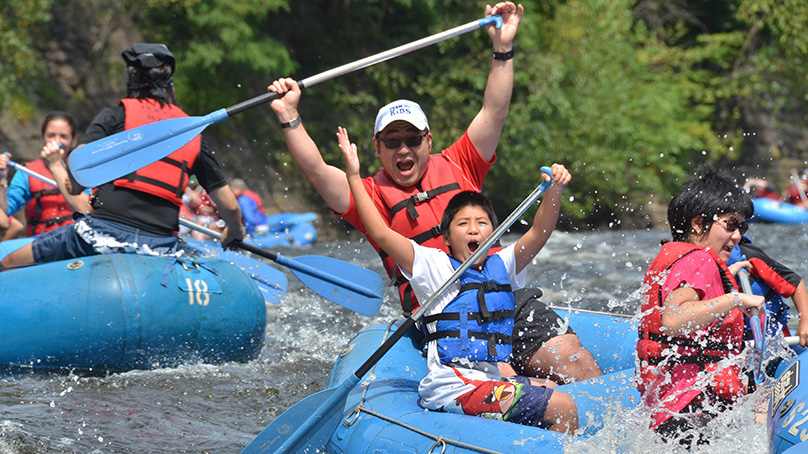With forecasted below-freezing temperatures coming soon, Pennsylvania American Water urged homeowners to act now to prevent frozen and damaged household pipes.
“Although Pennsylvania winters are difficult to predict, we can be sure that cold weather is coming and we need to prepare our homes and protect areas susceptible to freezing,” said Pennsylvania American Water Vice President of Operations Jimmy Sheridan. “Preparing now can save the aggravation and cost of dealing with frozen pipes and the damage they might cause.”
Property owners are responsible for maintenance of the water service line from the curb to the house, as well as any in-home piping. Pennsylvania American Water encourages residents to take the following precautions to reduce the risk of freezing and bursting pipes:
To prepare now:
• Familiarize yourself with areas of your home most susceptible to freezing, such as basements, crawl spaces, unheated rooms and outside walls.
• Eliminate sources of cold air near water lines by repairing broken windows, insulating walls, closing off crawl spaces and eliminating drafts near doors.
• Locate your main water shut-off valve. If a pipe freezes or bursts, shut the water off immediately.
• Protect your pipes and water meter. Wrap exposed pipes with insulation or use electrical heat tracing wire; newspaper or fabric might also work. For outside meters, keep the lid to the meter pit closed tightly and let any snow that falls cover it. Snow acts as insulation, so don’t disturb it.
When temperatures are consistently at or below freezing:
• If you have pipes that are vulnerable to freezing, allow a small trickle of water to run overnight to keep pipes from freezing. The cost of the extra water is low compared to the cost to repair a broken pipe.
• Open cabinet doors to expose pipes to warmer room temperatures to help keep them from freezing.
If your pipes freeze:
• Shut off the water immediately. Don’t attempt to thaw frozen pipes unless the water is shut off. Freezing can often cause unseen cracks in pipes or joints.
• Apply heat to the frozen pipe by warming the air around it, or by applying heat directly to a pipe. You can use a hair dryer, space heater or hot water. Be sure not to leave space heaters unattended.
• Do not use kerosene heaters or open flames to thaw pipes inside your home.
• Once the pipes have thawed, turn the water back on slowly and check for cracks and leaks.



























Add Comment